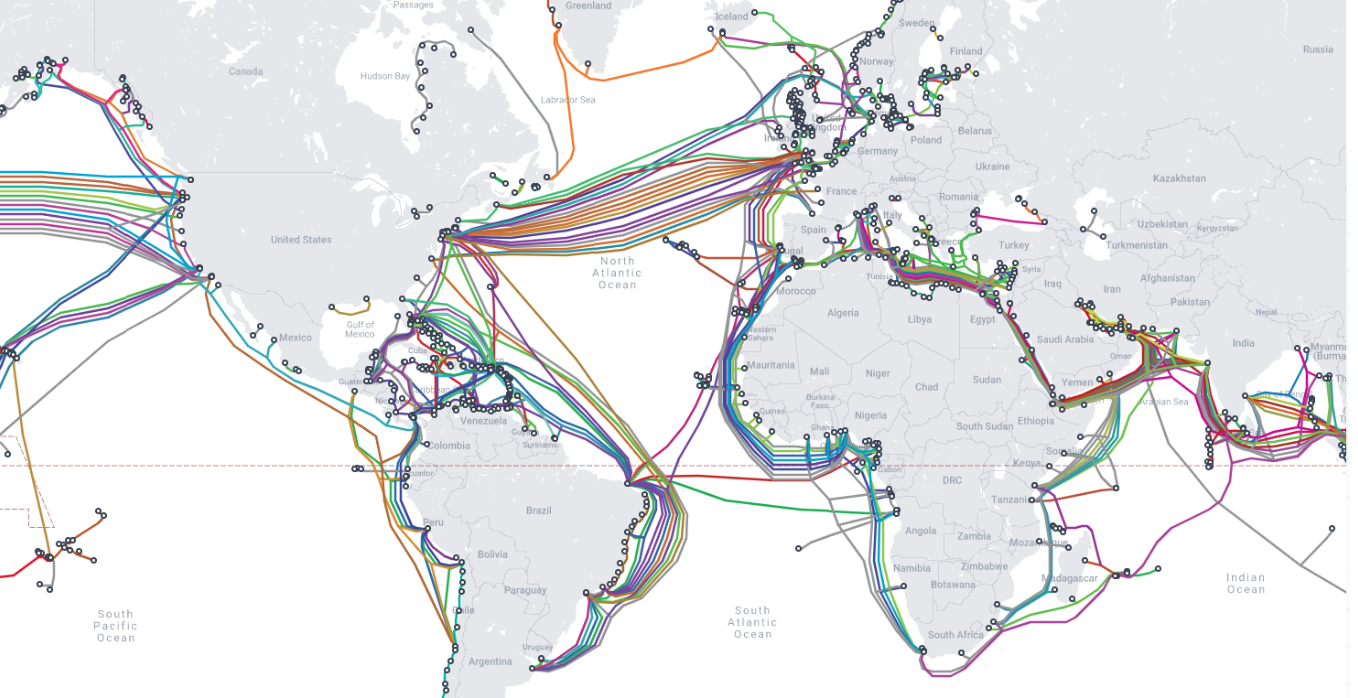Networking

METHODS OF SENDING DATA-
Client-Server Architecture: We sent request google.com, it is received by google's server, server send correct response as webpage
Data transfer protocols:
TCP: transmission control protocal, 100% of data trasnmission required. eg email, text, video.
UDP: user data-gram protocol, 100% of data trasnmission is NOT required. eg- video calls, online games.
HTTP: used by web browser (www) to query information from server.
Use curl ifconfig.me to get your local IP address.
HOW DATA IS SENT & RECIEVED:
Our mutiple devices are connected to one router/modem of our service provider, service provider takes request from your particular device IP and application's port number and forwards equest to client server. Cilent server gives response to router and router gives back response to that device and to that application port number.
Large service providers (Tata)> small service providers (airtel, jio) > routers > our devices.
Port numbers: It is bits number of 16 digits. total possoble port no. are 2^16 (65000). All HTTP related requests happens on port 80.
Port (0-1023) are reservered. eg: port 80 for http request
Port (1024-49152) are reserved for specific apps like mongo db, sql db.
first ~10k ports reserved > next 49k ports reserved for apps > rest we can use.
Binary speed:
1 Mbps (mega bit per second): 1 bit is (0 or 1) : 1 000,000 bits /s can be transferred.
1 Gbps: 1 000,000,000 bits / s
GLOBAL COMMUNICATION CONNECTIVITY:
- Guided way: Pre estalished connectivity between computers. eg wired, optical fiber, coaxial fiber.
- Unguided way: No established connectivity for communication. eg WiFi, bluetooth, 4G/5G/LTE
Submarine cable maps. 1 large connectivity of optical fiber connects all our continents. In this way there are cable connectivity connects country to country or continents for communtcation. Optical fibers are faster than satellites.
Types: LAN (office, school), MAN (across cities), WAN (across countries)
Network topologies:

NETWORK STRUCTURE (Amazon dievery example):

OSI Model:
(All People Should Order New Pizza)
Application -> software level. eg: app, browser
Presentation -> encryption, description, compression. eg: http, binary or ASCII converstion
Session - > Establish & Terminate connection. eg: authentication or authorization
Transport -> Data is segmented & trasfered using TCP (wired connection), UDP user datagram protocal(wireless). eg, router, switch, hub, cables.
Router determines the best path (load balancing check) and trasmits using IP address, Switches: within a network connects devices and transmits using mac address. Hub transmits to all connected device. Routers, Switches works as both wired or wireless. It uses old ethernet wired connection.
Network - > assigns IP add of sender and reciever to each segment, sends data back and forth to networks.
Data Link -> Framing segment, error detection correction, assigning mac add and forwards further to network layer or physical layer
Physical layer - > converts data into bits and sends and receives signals on the receiving end's physical wire, or WiFi.
